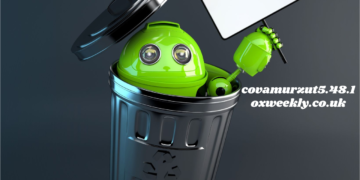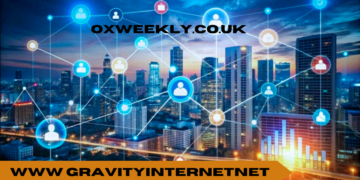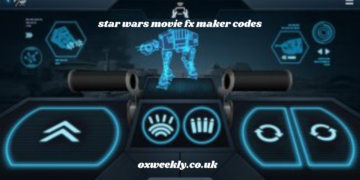Introduction
The Tñacuache, generally known as the opossum, is one of the most distinctive and interesting marsupials found in the Americas. Often misunderstood and underestimated, these tenacious organisms perform a key role in preserving ecological equilibrium. Their odd look, extraordinary adaptability, and interesting activities make them a subject of curiosity for wildlife enthusiasts and experts alike. This article discusses the lives of the Tñacuache, its cultural value, survival techniques, and ecological contributions.
What is a Tñacuache?

The word Tñacuache is frequently used across Mexico and Central America to refer to the opossum, notably the Virginia opossum (Didelphis virginiana), the only marsupial unique to North America. Unlike rodents, opossums are part of the Didelphidae family, a primitive group of marsupials that have persisted for millions of years. These nocturnal animals are famous for their powerful claws, prehensile tails, and distinctive defense mechanism—playing dead to evade predators.
Evolutionary History and Unique Adaptations
The Tñacuache is a living example of evolutionary persistence. Fossil evidence reveals that opossums have been present for over 70 million years, surviving catastrophic extinctions and dramatic climatic shifts. Their versatility originates from their omnivorous diet, allowing them to devour a range of items, including fruits, insects, small animals, and even carrion.
Their prehensile tail acts as an additional limb, assisting in climbing and balancing on tree branches. Additionally, opossums have an extraordinary immune system, rendering them resistant to poison from snakes such as rattlesnakes and copperheads. This particular characteristic permits them to regulate poisonous snake populations in their habitat.
The Role of the Tñacuache in Ecosystems

Despite being unfairly labeled as pests, opossums provide multiple ecological benefits:
- Natural Pest Control – Opossums devour vast numbers of insects, ticks, rodents, and even tiny snakes, lowering pest populations organically.
- Seed Dispersal — As omnivores, they play a part in forest regeneration by distributing seeds through their droppings.
- Cleaning Up the Environment — By preying on carrion, opossums help reduce the spread of illnesses that decaying organic materials can cause.
- Controlling Lyme Disease — A single opossum may eat thousands of disease-carrying ticks annually, decreasing the risk of Lyme disease in places where they thrive.
Cultural Significance of the Tñacuache
The Tñacuache bears cultural and mythical value in various Mesoamerican cultures. In Aztec mythology, the opossum was considered to be a mischievous figure, sometimes portrayed as a smart survivor or even a bringer of fire to mankind. Many Indigenous tribes appreciate these critters for their tenacity and resilience.
In rural parts of Mexico and Central America, the Tñacuache is typically connected with folklore and superstitions. Some think that opossums bring good fortune, while others consider them as omens. Regardless of these beliefs, their appearance in folklore indicates their long-standing cohabitation with humans.
Survival Strategies: The Art of “Playing Dead”
One of the most notable practices of the Tñacuache is thanatosis, or “playing dead.” When threatened, an opossum enters a catatonic state, laying immobile with its mouth open and tongue hanging out. This automatic reaction can extend from several minutes to hours, deceiving predators into thinking it is already dead and hence unappetizing.
This survival mechanism is complemented by the secretion of a foul-smelling fluid from its glands, further repelling predators. While many animals rely on speed or strength to escape danger, the Tñacuache uses deception to survive.
Debunking Myths About the Tñacuache

Due to their unusual appearance and behaviors, Tñacuaches are often misunderstood. Here are some common myths debunked:
- Myth: Opossums are aggressive and dangerous.
- Fact: Opossums are generally non-aggressive and avoid confrontation. They rarely bite unless provoked.
- Myth: They carry rabies.
- Fact: Due to their low body temperature, opossums are highly resistant to rabies and are unlikely to spread it.
- Myth: They are dirty animals.
- Fact: Opossums are meticulous groomers, much like cats, and help control pests rather than spreading disease.
The Challenges Facing the Tñacuache
Despite their adaptability, opossums face several threats, including habitat loss, road fatalities, and human persecution. Many people kill them out of fear or misunderstanding, despite their beneficial role in the environment.
Conservation Efforts
Although opossums are not currently endangered, conservationists emphasize the importance of public education to dispel myths and encourage coexistence. Wildlife rescue organizations frequently rehabilitate injured or orphaned opossums and release them back into the wild.
Why We Should Appreciate the Tñacuache
The Tñacuache is a real survivor—an old species that has endured the test of time. Its services to the ecology, unique adaptations, and cultural value make it a wonderful species deserving of appreciation and protection. Rather than fearing or disregarding them, we should learn to respect their role in preserving a balanced ecosystem.
Conclusion
The Tñacuache: The Fascinating World of the Opossum gives insights into one of nature’s most misunderstood yet vital critters. From its ancient evolutionary history to its ecological benefits and mythology, the opossum continues to enchant those who take the time to study it. By increasing awareness and fostering cohabitation, we can guarantee that these tenacious marsupials remain a crucial part of our planet for centuries to come.
Also Read: Thrifty-Events.net: The Ultimate Guide to Budget-Friendly Event Planning

































